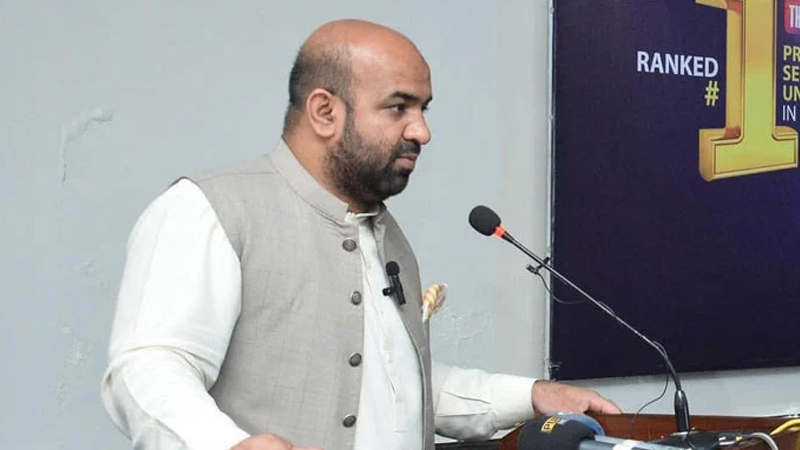In the wake of recent flooding in the United Arab Emirates (UAE), questions are being raised about the potential role of cloud seeding operations in exacerbating the disaster. Critics argue that these weather modification efforts, aimed at inducing rainfall, may have inadvertently contributed to the heavy downpours that inundated several regions of the country.
The controversy comes amidst growing concerns over the environmental impact of cloud seeding, a practice employed by various governments around the world to enhance precipitation in arid regions. While proponents tout its potential benefits for agriculture and water resource management, opponents warn of unintended consequences, including unpredictable weather patterns and heightened flood risks.
According to meteorological experts, cloud seeding involves the dispersal of certain substances, such as silver iodide or salt particles, into clouds to stimulate the formation of raindrops. While the technique is intended to augment rainfall in drought-prone areas, its precise effects on local weather systems remain a subject of debate.
Critics of cloud seeding point to the recent floods in the UAE as evidence of its potential hazards. They argue that the artificial manipulation of precipitation patterns may have disrupted natural weather processes, leading to the excessive rainfall and subsequent flooding witnessed in parts of the country.
“The heavy rains and flooding experienced in the UAE raise serious questions about the wisdom of ongoing cloud seeding operations,” remarked environmental activist Ali Al-Mansoori. “We cannot ignore the possibility that these interventions have unintended consequences, including the risk of catastrophic flooding.”
Government officials have defended the use of cloud seeding as a vital tool for water management in arid regions. They emphasize the rigorous scientific protocols employed in such operations and stress the importance of continued research to better understand their effects on local ecosystems.
“We are committed to ensuring the responsible use of cloud seeding technology to address water scarcity challenges in the UAE,” stated a spokesperson for the National Center of Meteorology (NCM), which oversees weather modification efforts in the country. “While the recent floods are indeed concerning, we must refrain from drawing premature conclusions about the role of cloud seeding without comprehensive analysis.”
Nevertheless, calls for a reassessment of cloud seeding practices are growing louder in the UAE, with environmental advocates urging authorities to prioritize the protection of natural ecosystems and the mitigation of potential risks associated with weather modification techniques.
As investigations into the causes of the recent floods continue, the debate over the role of cloud seeding in exacerbating such disasters is likely to intensify, prompting calls for greater transparency and accountability in the management of weather modification programs.











Leave a Reply